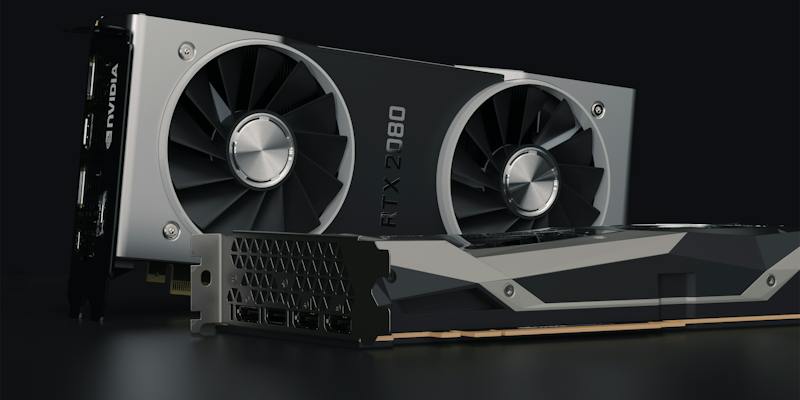The Finals, a popular game among gamers across various platforms, has encountered a perplexing bug on Linux systems. This bug specifically affects users playing the game on an Intel Arc GPU, requiring a workaround involving the hiding of the vendor. While the number of gamers playing The Finals on Linux is considerably smaller compared to Windows, the presence of this bug is surprising, attributed to the absence of Team Blue’s software technologies on Linux. In this article, we will delve into the intricate details of this bug and its impact on the gaming experience.
The bug on Linux and lack of Team Blue’s software
Linux users have encountered a bug while playing The Finals on their Intel Arc GPUs, exposing a discrepancy between the Linux and Windows gaming experiences. It is unexpected to witness such a bug on Linux due to the lack of Team Blue’s software technologies on this operating system. As a result, gameplay experiences are adversely affected, leaving Linux users perplexed by this unfortunate issue.
Bug details: Stuck on black screen and termination
According to reports, users attempting to run The Finals on an Intel Arc GPU through Steam Play are confronted with a frustrating problem. The game becomes stuck on a black screen, eventually terminating itself, rendering it completely unplayable. This unfortunate situation leaves Linux users unable to enjoy The Finals on their preferred platform.
Temporary Fix and Concerns
To address this bug, a temporary fix has been devised, though it raises concerns among Linux gamers. The implementation of a custom environment variable, specifically “force_vk_vendor=-1,” hides the graphics vendor from the game, preventing it from identifying the GPU type. While this fix enables players to bypass the bug, it highlights the disappointment experienced by Intel Arc gamers on Linux, who rightfully desire a seamless gaming experience without resorting to workarounds.
Maturity of Intel Arc GPU in Linux
One factor that exacerbates the bug’s impact on Intel Arc GPUs in Linux is the relative newness of this GPU series on the Linux platform compared to its competitors. Resources for Intel Arc GPUs in Linux have not yet reached a mature state, resulting in various instances where support is lacking. Acknowledging this issue, Intel has been putting in considerable effort to rectify the situation, as exemplified by the recent Xe Kernel GPU driver update, which promises improvements for Linux users.
The expectation of a seamless experience
Despite the current bug causing frustration for Intel Arc gamers on Linux, there is a positive outlook for the future. With Intel’s ongoing efforts and commitment to enhancing the resources and support for Intel Arc GPUs on Linux, users can expect a seamless gaming experience in the near future. The Xe Kernel GPU driver update is a testament to Intel’s dedication to delivering a more optimal gaming environment for Linux users.
The bug disrupting Linux users on Intel Arc GPUs from playing The Finals has proven to be a perplexing issue. While the temporary fix involving vendor hiding provides a workaround, it remains disappointing for Intel Arc gamers on Linux who seek a seamless and trouble-free gaming experience. Thankfully, Intel’s ongoing efforts, exemplified by the recent Xe Kernel GPU driver update, instill hope for the future. With improved resources and support, Linux users can anticipate a time when they can fully enjoy The Finals and other games without any hindrances. In the meantime, implementing the temporary fix is advised until a permanent solution becomes available.

